#Atkinson Gallery Southport
Text
Southport's Atkinson Gallery
The Atkinson Gallery, Southport
Art galleries or Museums of Art come in various shapes and sizes from the gigantic multi-room edifices such as London’s National Gallery, Paris’ Louvre and Madrid’s Prado, to small one-room private galleries. The former is awash with works which would take you days to properly study them all, whilst the latter often contain less than fifty paintings and you are…
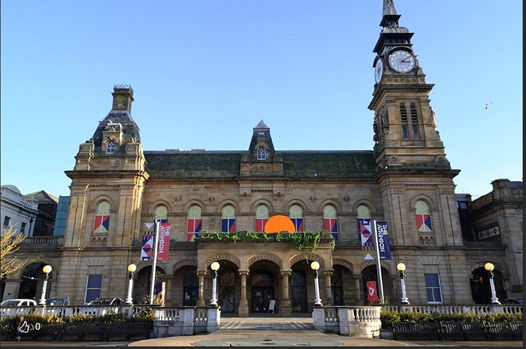
View On WordPress
0 notes
Text
The Photographers’ Gallery : Café Royal Books
2 notes
·
View notes
Text
“Eagles Dare” beer hits the spot in Southport
Heading to Southport for a day trip? Apart from its appeal as a holiday resort, the Atkinson Gallery and several brilliant secondhand bookshops, there’s another temptation - Dan Dare-inspired beer!
Heading to Southport for a day trip? Apart from its appeal as a holiday resort, the Atkinson Gallery and several brilliant secondhand bookshops, there’s another temptation – Dan Dare-inspired beer!
Southport Brewery have been making their Eagles Dare bronze bitter since 2021, but it’s only recently come to the attention of Jim Duckett at the Eagle Society, who recently highlighted it on the…

View On WordPress
2 notes
·
View notes
Photo
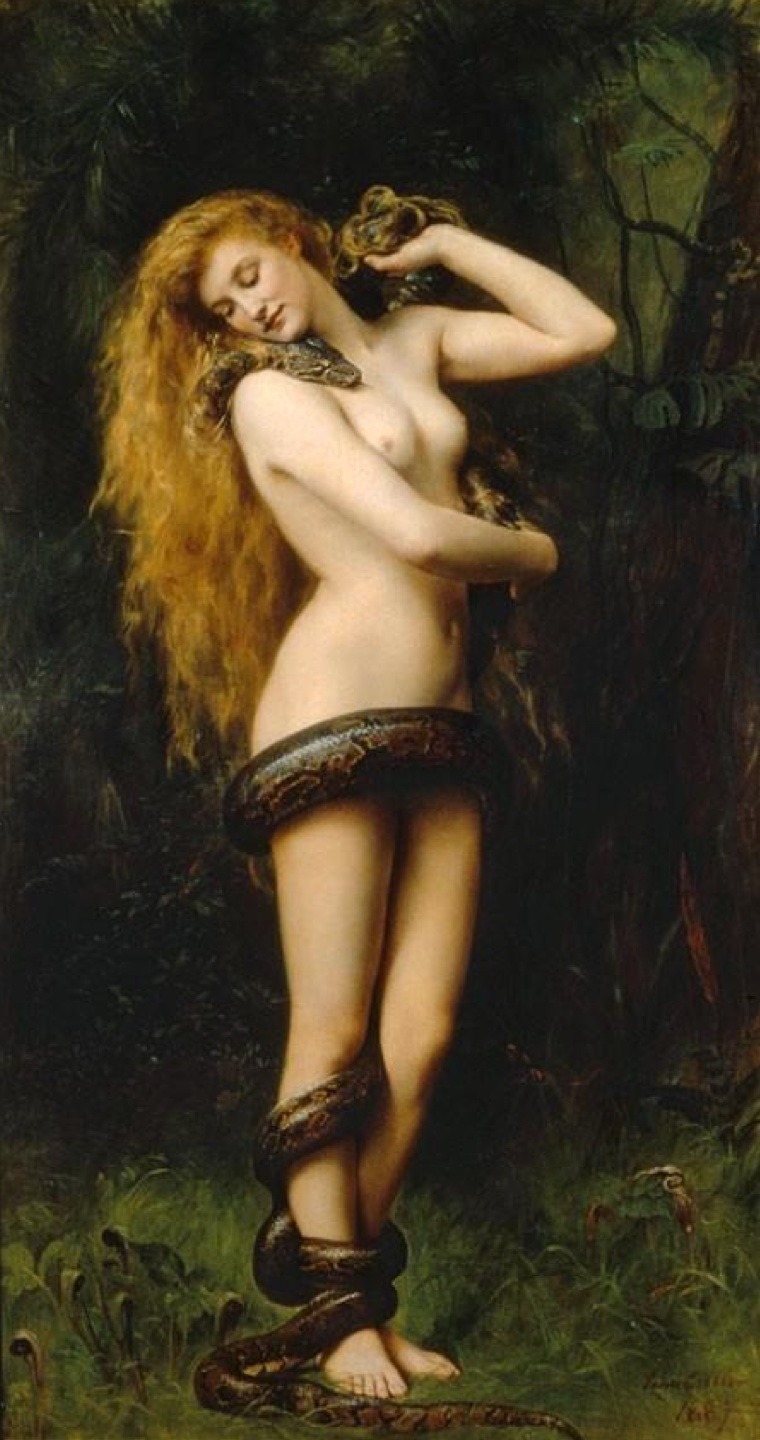
John M. Collier - Lilith - 1887
Collier
Finché la Donna con il serpente di Southport
desterà lussuria ed indipendenza
giorno dopo giorno nel cuore di ogni donna
che ripugna essere un cane da shopping,
il Mondo non merita
la fine del mondo.
Lucrece Simmonskaja
3 notes
·
View notes
Text

Lilith
By John Collier
1887
Located at the Atkinson Art Gallery in Southport, England.
In Jewish folklore, Alphabet of Sirach (c. 700–1000 CE) onwards, Lilith appears as Adam's first wife, who was created at the same time and from the same clay as Adam. In Hebrew-language texts, the term lilith or lilit is translated as "night creatures", "night monster", "night hag", or "screech owl"
#Lilith#Atkinson Art Gallery#Southport England#art#painting#John Collier#Collier#19th century#19th century art#1887#jewish mythology#Jewish#Adam#adam and eve#Snake#Serpent#mesopotamien#demon#Sumar#Akkadian Empire#Babylonia
122 notes
·
View notes
Photo

John Collier (1850-1934)
“Tannhäuser in the Venusberg” (1901)
Oil on canvas
Pre-Raphaelite
Located in the Atkinson Art Gallery, Southport, England
Tannhäuser was a German song writer and poet during the 13th century. Based on his Bußlied (Poem of Atonement), Tannhäuser became the subject of a legendary account. In the story, Tannhäuser is a knight and poet who found the Venusberg, the subterranean home of Venus, and spent a year there worshipping the goddess. After leaving the Venusberg, Tannhäuser is filled with remorse, and travels to Rome to ask Pope Urban IV (d. 1264) if it is possible to be absolved of his sins. Urban replies that forgiveness is as impossible as it would be for his papal staff to blossom. Three days after Tannhäuser’s departure Urban’s staff blooms with flowers; messengers are sent to retrieve the knight, but he has already returned to Venusberg, never to be seen again.
#paintings#artwork#john collier#oil on canvas#pre raphaelite#pre raphaelism#atkinson art gallery#musuem#southport#england#english art#british artist#fine art#history#german folklore#tannhäuser#tannhauser#venus#venusberg#1901#early 1900s#early 20th century#aesthetic#female nude#armor#folklore
559 notes
·
View notes
Photo

"Lilith" - John Collier - 1892, olio su tela
dimensioni 88 x 65 cm. "The Atkinson Art Gallery", Southport (Inghilterra)
17 notes
·
View notes
Photo

Myself and Cupid by William Orpen, 1910
For William Orpen, self-scrutiny was instinctive. He did not admire his face and form, so much as use them as primary sources for expressive gesture and emotion. His scowl, his stance, his sloping gait were so deeply inscribed in visual memory that when not featuring in painted portraits, they appear in the margins of his voluminous correspondence. It was about ‘identity’ in the sense of playing a part, about Irishness, authorship, friends, influences and daily life all laced with a wry sense of humour. Indeed, when Myself and Cupid appeared at the New English Art Club in 1911, humour, ‘prepared and deliberate’, was exactly what Daily Telegraph observed - as much to do with the juxtaposition of artist, spotted stuffs, painting gear and sculpture cast as it was to do with facial expression. Each of these observed ingredients was, in reflection, a powerful signifier, yet he was only innocently looking, as his frame-within-the-frame reminds us, in a mirror.
Orpen was fascinated by reflections and had used mirrors many times before. It had, for instance, been the subject of one of his first important and much referenced pictures ten years earlier (The Mirror, 1900, Tate, fig. 1) and since then, aside from ‘heroic’ self-portraits such as The Dead Ptarmigan 1909 (National Gallery of Ireland), it had often been frequently deployed as a compositional device. (See for instance, the still-life The Reflection, 1904, (Private Collection), the figure-piece also known as The Reflection, 1906 (National Gallery of Canada, Ottawa) and The Eastern Gown, 1906 (Atkinson Art Gallery, Southport). In 1909 however, the painter began a major series of six self-portraits, five of which feature large mantelpiece mirrors. These began with two versions of Myself and Venus c.1909-10 (one in Carnegie Museum of Art, Pittsburgh and the other in Hugh Lane Gallery, Dublin), that were worked alongside the present picture. They were accompanied by Leading the Life in the West c.1909-10 (Metropolitan Museum of Art, New York) and Self-Portrait (Cleveland Museum of Art, Ohio) in c.1910-12, along with the closely related, second version of Myself and Cupid (Museum of Fine Arts, Boston), the only painting in the series which does not include a mirror frame but does juxtapose ‘Cupid’ with the artist and a nude model. (The works entitled Myself and Cupid are as Self-Portraits nos. 22 and 23 in the Cara Copland list (1932)). All of these works, with the exception of the present canvas, are in major museums.
Coming at the start of the series, Myself and Cupid sits beside the early versions of Myself and Venus. Motifs and titles - the self, placed beside casts of ‘Venus’ and ‘Cupid’ - suggest the artist as seeker after ideal female beauty and at the same time stricken in love. ‘Cupid’, although normally shown as a little archer, in this case is represented by the putto, ‘Boy with a Dolphin’ by Andrea del Verrocchio. (The original putto was executed in 1465 for a fountain at Villa Medici and was brought to Florence by Cosimo de Medici in the mid-sixteenth century. It now resides in the Palazzo Vecchio.) Both sculptures were popular in art school cast rooms and are likely to have been chosen because they were easily recognizable. In the juxtaposition of artist and sculpture we enter the realm of allegory – ‘prepared and deliberate’, according to the Telegraph reviewer. And if the press was divided – The Times called it ‘a whimsical combination of himself and a statue’ while for the critic of Truth, an ‘unpromising subject’ had been transformed ‘into a harmonious and satisfying whole’ – there was the sense throughout of something ‘ingeniously novel’ (Western Daily Press) and ‘outstanding’ (The Scotsman). The putto also divided opinion: it was ‘overpowering’ (The Queen), ‘distracting’ (The Daily Telegraph), while in placing himself ‘before his votary’, the artist appeared to be performing an act of homage.
For Orpen, the Renaissance sculptor had created something perfect, yet faintly ridiculous at the same time. It would flutter into other compositions – notably into The Poet, 1921 (Private Collection) and as a symbol of angelic afterlife in the early version of To the Unknown British Soldier in France 1922 (Imperial War Museum - its frivolity was later considered unsuitable to the solemnity of the subject). It also appears prominently in the studio portrait by the photographer, Malcolm Arbuthnot.
Reading the painting, however, one is obliged to address the ensemble - for today’s accoutrements may be swept aside tomorrow as the painter reworks his ideas. We are taken into the reflected space by a carefully repeated litter of cloths, brushes, tubes, bottles, a flask and a saucer. Reality thus moves swiftly into reflection over a seemingly disorderly pile of painter’s materials – impedimenta that appear in all five of the ‘Mirror’ self-portraits. Behind us, in the shadows stands the painter, placing a daisy chain, a child’s garland, around the base of the cast, its pedestal draped in spotted fabric that echoes that of his black-and-white cravat. He is dressed in black. Although he would take on numerous costumes, for these first of the series, the painter resorted to the garb of Baudelaire and Manet - and adopted with alacrity by friends such as William Nicholson. (In Orpen’s magisterial A Bloomsbury Family, 1908, (National Galleries of Scotland, Edinburgh) Nicholson wears his favourite spotted silk dressing-gown, while also often being photographed in a black velveteen jacket and white cotton ducks). Before he became a steeplechaser, or ‘man of the west’, Orpen was a ‘man in black’, addressing his audience from under impressive headgear, as in Myself and Venus and Portrait of the Artist, the two smaller pictures being worked at the same time as Myself and Cupid.
3 notes
·
View notes
Photo
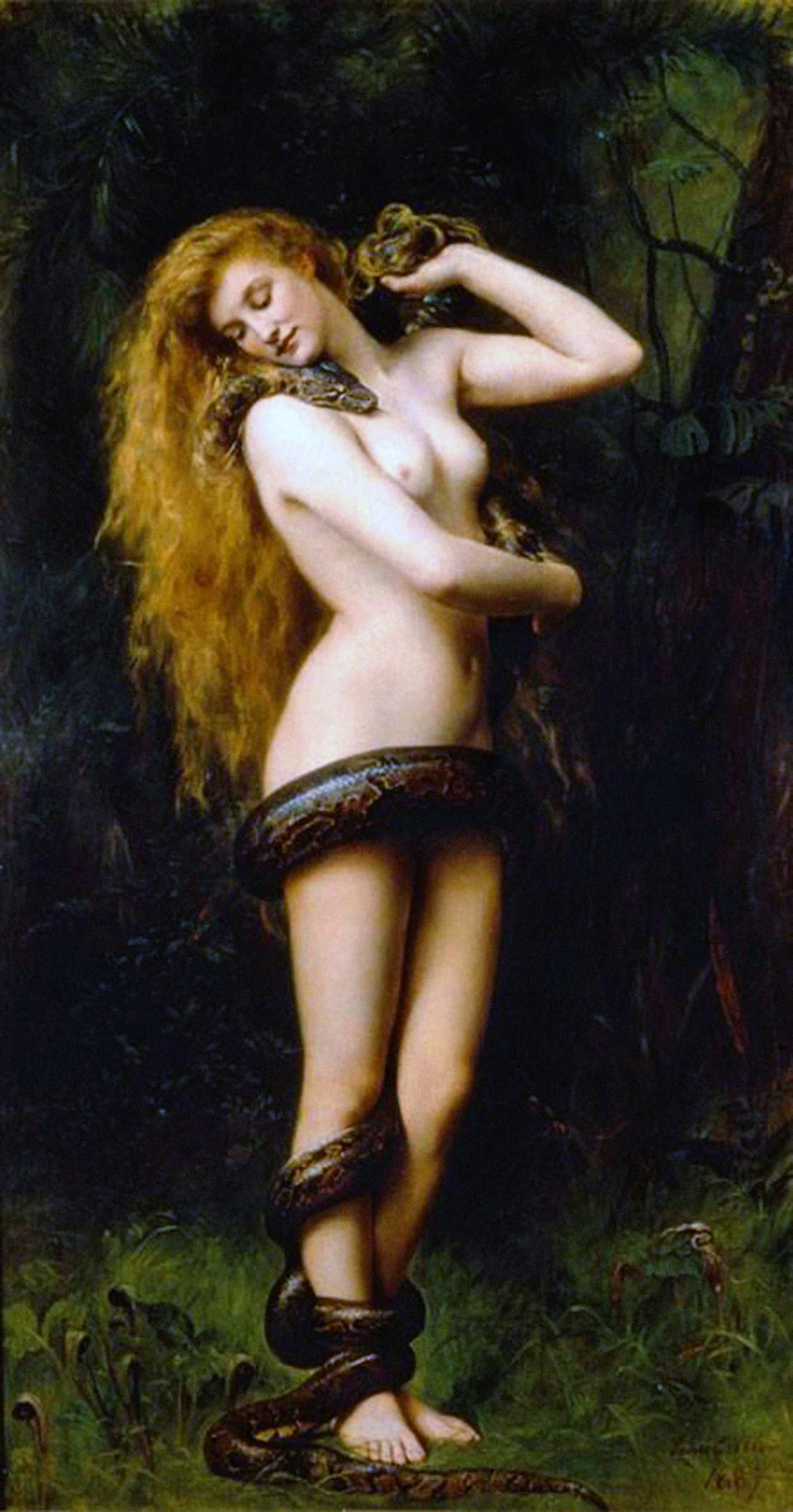
Lilith by John Collier, 1892 (Atkinson Art Gallery, Southport, England)
90 notes
·
View notes
Photo

COLLIER John, (1850-1934), Lilith, 1887, huile sur toile, Southport (Angleterre), The Atkinson Art Gallery, Southport.
2 notes
·
View notes
Text
Captain Pugwash & Friends exhibition open in Southport, John Ryan’s characters continue to inspire
Captain Pugwash & Friends exhibition open in Southport, John Ryan’s characters continue to inspire
Captain Pugwash and Tom the Cabin Boy discovering treasure © The Estate of John Ryan
The Atkinson gallery in Southport is currently hosting Captain Pugwash & Friends, an exhibition of the TV and book creations of John Ryan, who first created the Pugwash for Eagle comic in 1950.
Captain Pugwash’s ship The Black Pig first set sail in the Lancashire seaside town. The bumbling pirate captain and…
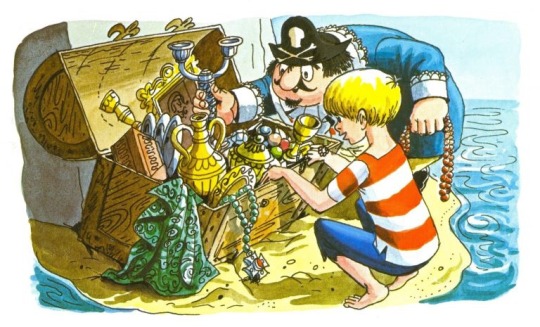
View On WordPress
1 note
·
View note
Photo
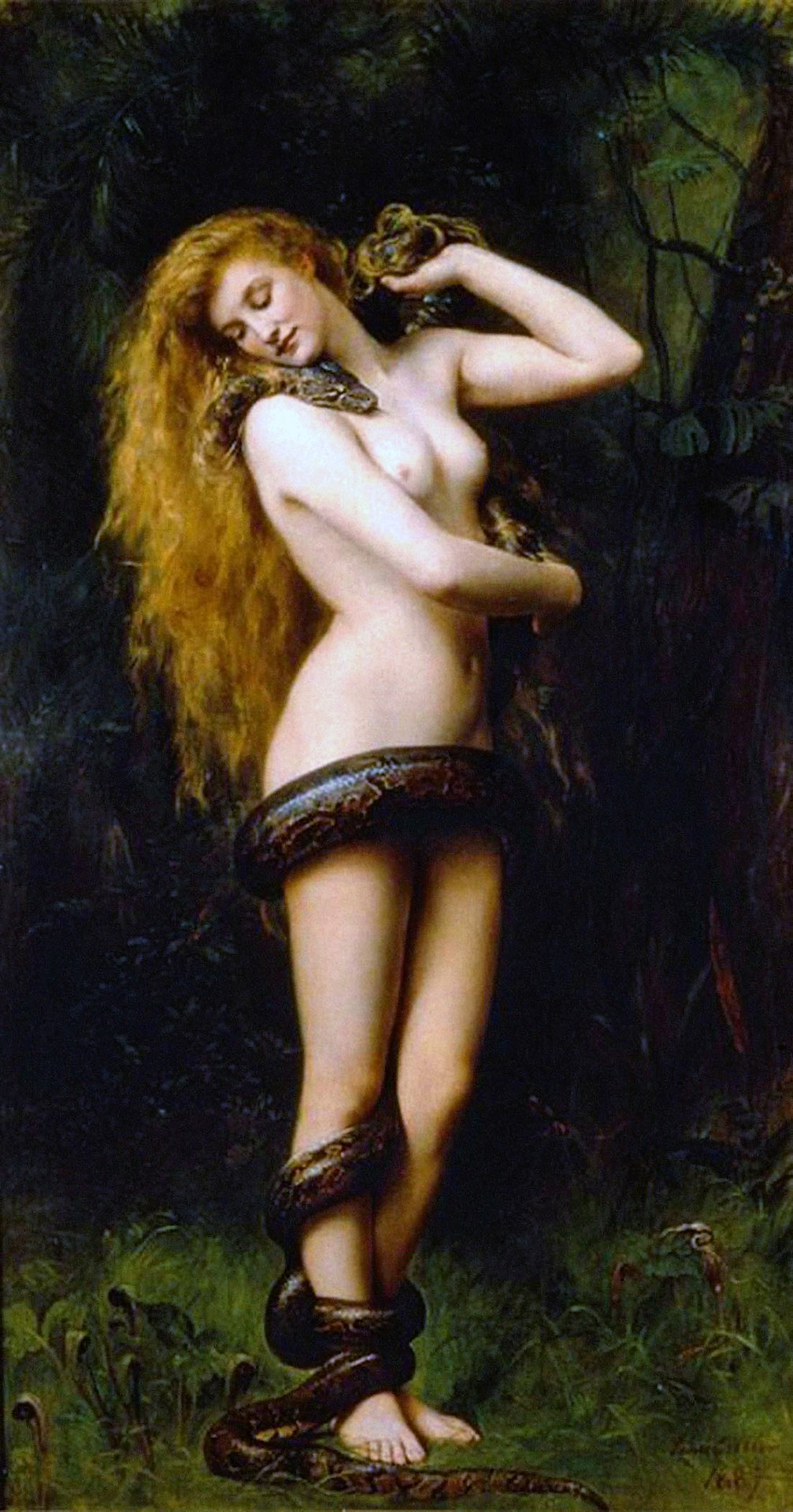
Lilith (1887) by John Collier English artist John Collier worked in the style of the Pre-Raphaelite Brotherhood. The painting of the Jewish mythological figure is held in the Atkinson Art Gallery in Southport, England.
13 notes
·
View notes
Photo
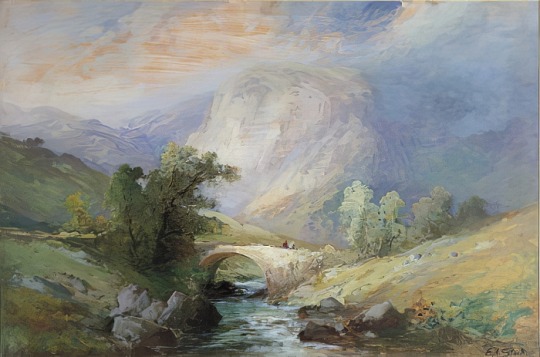
Lakeland Landschaft
von William Edward Stott
Museum: Atkinson Art Gallery, Southport, Lancashire, UK
https://www.meisterdrucke.de/kunstdrucke/William-Edward-Stott/248426/Lakeland-Landschaft.html
1 note
·
View note
Photo

"Tannhäuser al cospetto di Venere" - John Collier - 1901, olio su tela
dimensioni 41 x 75 cm. "Atkinson Art Gallery", Southport (Regno Unito)
5 notes
·
View notes
Photo
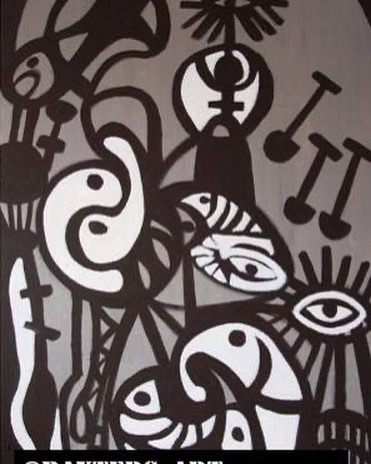
BAM! 🎨 Artist Derek Culley! Derek is a self-taught artist, born and educated in Dublin. Culley was a founder member and chairman of Celtic Vision with the painters John Bellany and Denis Bowen, and participated in the group’s exhibition tour in 1986-7. He took part in many other group shows including The London Group tour 1987; Modern Irish Painting, Dillon Gallery, 1995; and Skopje Museum of Contemporary Art, Republic of Macedonia, 1996. FIS 2008/9 Liverpool. Gallery Different –London 2012/13/14. Selected “What's the Point!” London Curated Kate Enters. Selected “MAC” Belfast Curated Carrie Neely 2014. Selected artist The Gallery Print Centre – Gallery Opening London 2015 - Selected Finalist Brisbane Art Prize 2015. Selected Solo shows include “Five Years of Culley” The Royal Hospital Kilmainham, Dublin Ireland,1989, “Golgotha" Liverpool Anglican Cathedral-2011, Tamh Lacht" RUA/RED Gallery-Dublin 2011, Golgotha' Prayer Room IEC2012 Congress RDS-2012 -. Editions Limited Liverpool Independent Biennial 2014. – The ATKINSON Gallery – Southport 2016. Take a look at his art pieces on BAM! now! 😍 . . . . . #BAM! #BAM!it #abstract #acrylic #art #artcall #arte #artgallery #artinfo #artist #artnews #artshow #artwork #callforart #colour #creative #drawing #drawings #fineart #graffitiart #graphic #graphicdesign #illustration #ink #ukart #singaporeart #painting #buyart #sellart #artsy https://www.instagram.com/p/B3XCi-2HKGc/?igshid=q9oiuz2d5wrn
#bam#abstract#acrylic#art#artcall#arte#artgallery#artinfo#artist#artnews#artshow#artwork#callforart#colour#creative#drawing#drawings#fineart#graffitiart#graphic#graphicdesign#illustration#ink#ukart#singaporeart#painting#buyart#sellart#artsy
0 notes
Photo
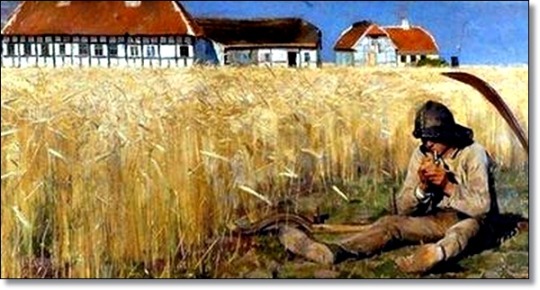
Southport artist
Adrian Stokes's
work in Atkinson Art Gallery exhibition
1 note
·
View note